Steps on How to Create a Performance Review
Let's admit information technology: Traditional functioning reviews are outdated. That'south why companies are turning to other methods of reviewing employee operation. In fact, PwC found out that as many equally 45% of employees prefer contiguous interactions as opposed to performance reviews when information technology comes to managers analyzing their progress. Tin can you honestly admit that you enjoy writing these appraisals? If you don't, imagine how your employees feel when they read their review. For starters, managers don't want y'all to label them as the "bad guy" when they dish out negative feedback. Not to mention, they aim to consolidate an entire twelvemonth into one thirty-minute review or an hour-long check-in. And don't even become us started on how time-consuming these in one case-a-twelvemonth sitdowns are. Employers are finally starting to see that traditional performance review methods are becoming ineffective. Simply employee feedback is so general and scarce that only two out of every iii companies actually take action based on it. Nearly employees observe that the current performance review procedure doesn't reverberate reality. But fourteen% of them tin can say that the process has helped their professional evolution. In large role, they're correct. With a half dozen- or 12-calendar month lag between each cycle, they're untimely and irrelevant. Most of the time, managers tend to focus too much on the negative and don't provide valuable information. There are three core issues with the way current performance reviews are conducted: 1. Lack of relevance: Employees don't find annual performance reviews to be off-white every bit they don't reverberate the reality of their work. 2. Inadequate questions: The content of a performance evaluation form is in general very vague and general. Employees are only going to use the same linguistic communication over and over again and sometimes they don't even know how to complete the form in a way that highlights their best assets. 3. Unhelpful feedback: Workers don't see the purpose of a functioning appraisal when they don't receive any constructive feedback. The same holds true when they get general advice that won't help them abound professionally. So from the looks of information technology, everyone hates performance reviews; it's a common dislike. Managers struggle with coming upward with the content, and employees feel like they're inaccurate. Isn't it about fourth dimension this is stock-still? Present, managers are turning to 360 reviews in hopes of eliciting more than insightful answers from their employees. But practise they actually help when nearly workers experience these reviews are a waste product of time? What's killing this so-called tried-and-truthful do? Information technology'south the questions! Here are the v nearly common questions that are ruining employees' reviews. Y'all might not even realize you're making mistakes when you're doing these appraisals. But you most likely are. Hither are five performance evaluation methods you might exist using merely need to avert when doing reviews. A common error, this method involves starting off feedback with praise, dishing out the negative news, then sugarcoating information technology with more praise. Something like to: "We value your work, but you lot're not meeting the product level. However, yous're a valuable employee to us." Dishing out the news this way only makes you sound insincere. For better results, merely give employees the bad news without the fluff. At the terminate of the day, feedback during the appraisement procedure is meant to help your employee better their operation. "What has this person done lately?" This is a question that managers ask themselves, and the answer is the result of a recency issue — a psychological theory that involves using recent events to clarify by performance. When review cycles accept a 12-calendar month lag, information technology'due south like shooting fish in a barrel for managers to focus on what'southward fresh. Just this brushes bated whatever positive or negative beliefs that has gone unaddressed. A Princeton report had participants rate a human in a suit with a Cornell degree versus a human in coincidental clothing with a nondescript college degree. The participants rated the suited man every bit more competent than his coincidental counterpart. The experiment demonstrated the Horns and Halo Result. Managers presume that an employee is naturally skilful or bad at their task based on some subjective measure. This can be prevented by basing performance reviews on data instead of opinion. How many sales has this person closed in one month? How many clients accept they lost in two months? This deters any subjective impression from obstructing the actual review. Studies have found that people prefer to acquaintance with others that are like themselves. This mentality can stem from something as serious as racial prejudices to disliking how an employee styles their hair. In the end, it has the same result: Managers believe that people who aren't like to them tin can't perform their jobs well. The final performance appraisal method to avoid when managing employee functioning is 1 that involves squad evaluation. If a manager rates a group of people equally average performers, so they're more likely to evaluate individual employees as average as well. The flaw in this method is that underperformers are overvalued and overachievers are undervalued. A great dominate needs to customize each individual review. Individual reviews are critical if you're looking to evaluate an employee's performance. It'south piece of cake to accidentally use one of these methods. You might non even know you're doing it. Simply when y'all're conducting reviews, continue in listen that employees can handle negative feedback as long as it'southward honest and information-driven. Reviews shouldn't be so painful. If washed correct, they can help both companies and employees succeed. Curious to find out how? Nosotros were also, so nosotros asked managers for tips on how to brand these reviews more efficient. Hank Boyer, President & CEO of Boyer Management Group, advises managers to allow employees atomic number 82 the performance discussion. To facilitate the give-and-take, he says, "Event the completed evaluation to the employee three concern days prior to holding the word. Few things are less constructive than trying to agree a discussion while the employee is reading their evaluation for the first fourth dimension." Ellie Mirman, VP of Marketing at Toast, says, "Set quarterly goals during performance evaluation around skill development that factors into the word to brand sure each employee is growing." Lisa Mullen, Director of Corporate Human Resource at Halogen Software, says, "The review procedure should be a yr-round activity. Managers should take the opportunity to discuss and tape milestones, accomplishments, successes, and challenges every bit they occur, when the details are fresh." Sarah Franklin, co-founder of Blueish Tree AI, advises, "An effective performance evaluation includes the employee evaluating me every bit well. I want to hear from my team what strengths they feel I have and in what areas they demand more than attention from me. I ship out a self-evaluation for my employees alee of fourth dimension, which as well includes a section on how I tin can ameliorate assist them in their part. When I sit with my employees, I create a prophylactic infinite to talk over improvements on both ends." Camille Chulick, the co-founder of Averr Aglow, shared her ain tricks to nail anonymous reviews: "Keep it anonymous, but allow employees of lateral, college, and lower positions to give feedback at various times throughout the year. This can be scheduled or done randomly as they find things to say. Let lower-level employees evaluate those higher up them. This gives you lot a much more natural arroyo to reviewing your employee. The upside to this tactic is that your employees will observe more than value in the feedback and desire to provide as much every bit they receive." Jagoda Wieczorek, Hr director at ResumeLab, emphasized the importance of giving the good news before the rest: "When giving feedback to your workers, focus on stressing how much they brought to the table and how they grew. Acknowledge their achievements and empower them to improve. Weaknesses should be addressed likewise only don't make them a focal point during a operation review." Juliet Adams, the performance management specialist at A Caput for Piece of work, highlights the importance of transparency and trust: "Both the director and employee demand to be clear on their intentions. The director might gear up an intention earlier the meeting to actually listen to what the employee has to say and use the coming together to maximize their date. The employee might ready an intention to get their points across and to inquire for the aid or back up they need to be their best." Feedback is time-sensitive during the appraisal procedure. Simply surprisingly, 75% of companies practise these reviews annually, according to a survey past BLR. And the problem is that so much happens and changes over the class of a year. But also keep in mind that ane type of frequency doesn't triumph over all. For example, weekly isn't better than quarterly. That said, at that place are certain frequencies that part ameliorate for other objectives. In order to really gauge how an employee is performing, you need to poke and prod indirect managers, team leads, peers, and even employees from other departments. Multiple viewpoints allow you lot to get a better agreement of an employee'south performance. And if those numbers still don't convince you lot, consider these advantages of crowdsourced feedback during employee evaluation. Crowdsourced reviews come from multiple people. As such, yous're getting multiple perspectives. When these reviews are meshed together, a bigger, more than comprehensive picture of the employee'south functioning is put together for evaluation. Employees proceeds valuable insight into their strengths and weaknesses from their colleagues because they have daily interactions with them. And this makes the process of comeback public. Employees must piece of work harder to get better so they don't let their peers downwardly. Management can recognize employees for their big accomplishments. But coworkers run into the pocket-size successes. Our data shows that only a third of workers received recognition the concluding time they went the actress mile at work. Making matters worse, just a quarter experience highly valued. Providing recognition for excellent work is 1 of the best things an organization can do to maintain employee engagement. Management only sees part of the process. Luckily, information from peers and other leaders gives them this opportunity. The power to transport requests at any time to get timely feedback plays a cardinal function in building a truly constructive performance review process. TINYpulse Coach empowers employees, managers, and administrators to send requests to anyone from peers to managers, to mentors, and even external clients or business concern partners to become functioning insights for themselves or someone in their circle. Want to know if your electric current functioning review process is working? Book a free assessment and run across how we can help brand the process easier and more effective! Did you know having ineffective reviews can really negatively affect a business'south success? Yep: Recurring mistakes, subpar work, and ignoring results can make your company tank. Think back to how y'all've been approaching employee performance reviews. Consider where you might have gone wrong or what you can start doing differently to help your employees and business organisation succeed. Talking only about the past is but talking about events no one can go dorsum and change. So spin these issues around and give the employees ways to improve in the hereafter. Workers want and need reviews that assist them develop and grow. Create objectives and goals that employees can work towards to make these reviews more than efficient. Most companies compare employees to their peers. Practise market place inquiry on industry standards. Figure out what your competitors are doing, their quality of work, and how they're accomplishing these tasks. Races aren't won through blind movement. Every person and company needs to be aware of where their competition stands in order to surpass them. Managers can see how hard an employee works. Simply they don't want to give the hardworking employee a below-boilerplate review for their performance. An employee can work exceptionally hard. Merely what adept is that effort when the end result is mediocre? Employee performance reviews aren't just indicators of how an employee is doing. They as well requite managers an insight into the current and time to come path of the company. Rethink how you lot approach these reviews in order to ensure your company succeeds. RELATED POSTS: Editor'due south Note: This mail was originally published in March 2015 and has been updated for freshness, accurateness, and comprehensiveness. 

Everyone Hates Annual Performance Reviews
Why Managers Hate Annual Reviews

SOURCE: cambio.com 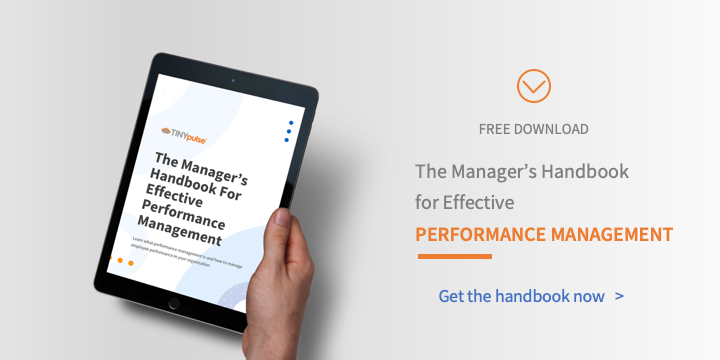
Why Employees Hate Them

The Five Performance Review Questions to Avoid
![]()
1. What were my key accomplishments?

2. What didn't get washed or what should have been done differently?
3. Think about and review the competencies for your function and our company'due south values.
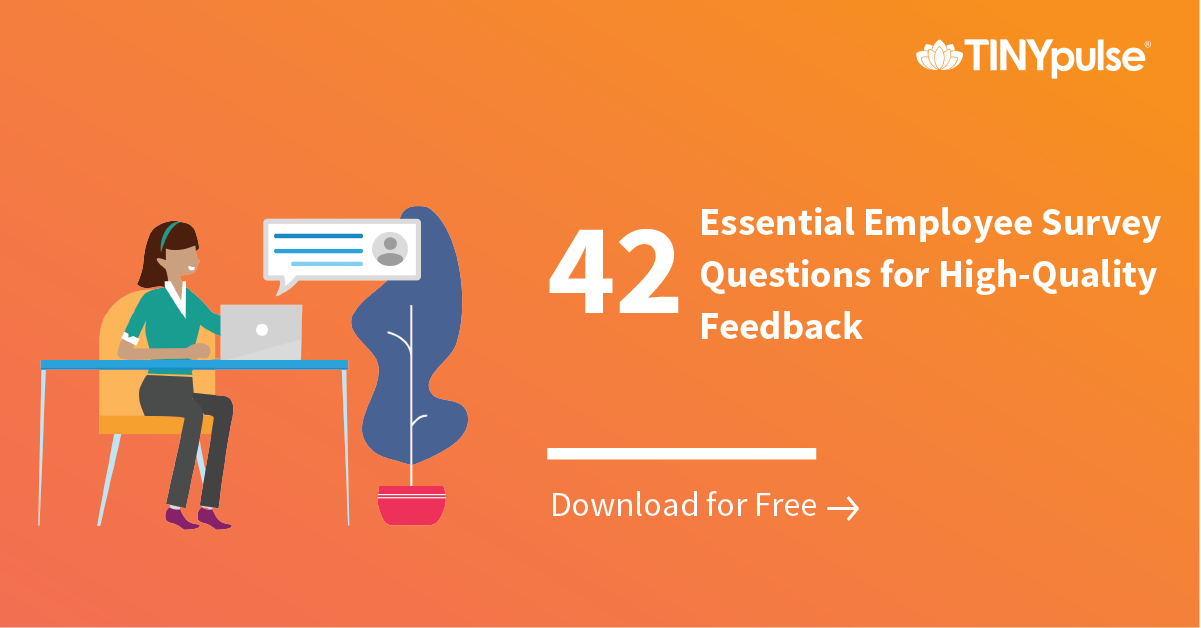
four. What are your strengths? Which ones practice you demonstrate regularly?
5. What are your most recent achievements?
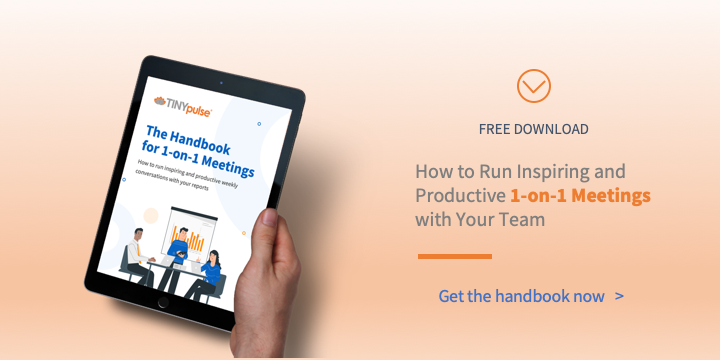
The Five Review Methods to Stay Away From
1. Sandwich Approach
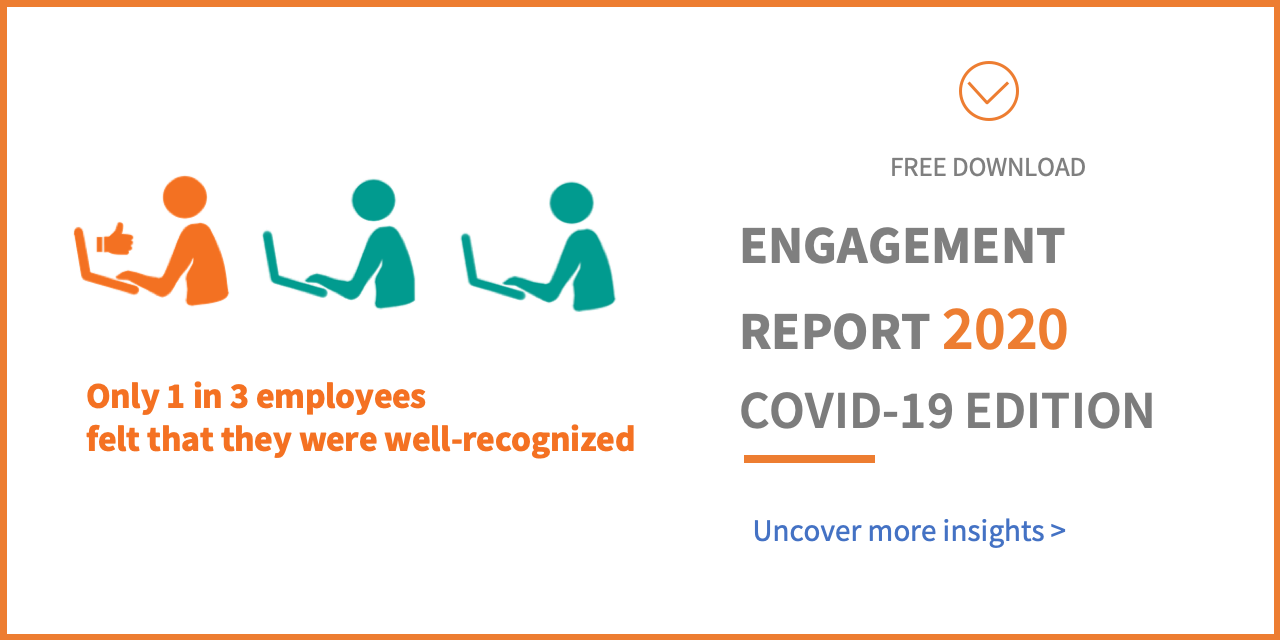
2. Recency Consequence
3. Horns and Halo Outcome
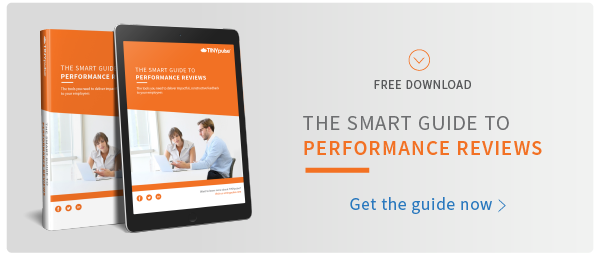
4. "Like Me" Bias
5. Cardinal Tendency Mistake
Advice From Manufacture Leaders
1. Let Employees Lead
![]()
2. Nurture Your Employees
3. Kill the Time Lag

4. Brand information technology a Ii-Style Process
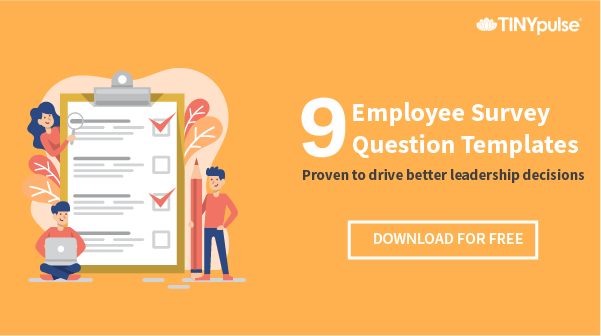
5. Keep information technology Bearding

6. Positivity Comes First
7. Share Clear Intentions
How to Find the Right Timing
.png?width=593&height=674&name=Artboard%2028%20(1).png)
Advantages of Crowdsourced Reviews
Increased Accuracy
Performance Improvement
Encourage Recognition


Performance Reviews' Upshot on the Bottom Line
 SOURCE: giphy.com
SOURCE: giphy.com 1. Focus on the Future During Performance Reviews

2. Compare to Manufacture Standards
3. Effort Doesn't Equal Success

gatenbybegamseley.blogspot.com
Source: https://www.tinypulse.com/blog/sk-effective-performance-review-process
0 Response to "Steps on How to Create a Performance Review"
Post a Comment